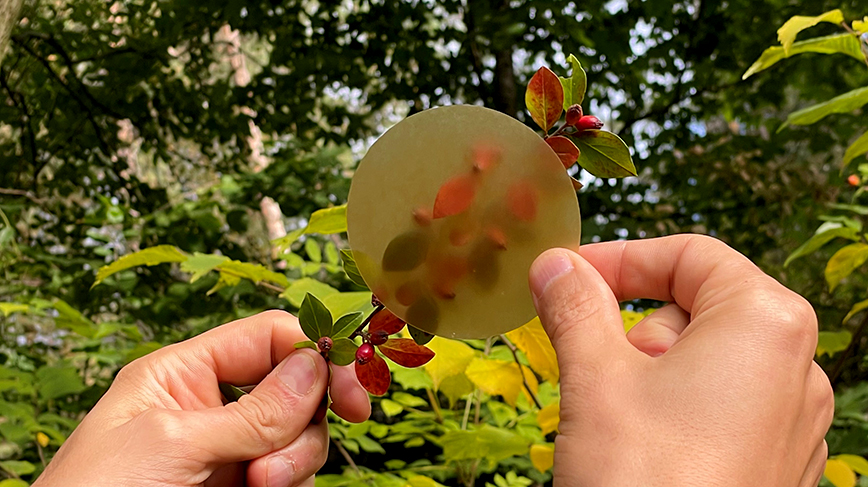
Plastics used in home furnishings and constructions materials could be replaced with a new kind of wood-based degradable plastic with semi-structural strength. Unlike thermoplastic, the material can be broken down without harm to the environment, researchers at KTH have reported.
One of the goals of renewable wood composite development is to make materials strong enough to replace fossil-based materials used in home construction and furnishing, such as bathroom cabinets, doors, wall-boards and countertops. And it needs to be sustainable, or circular.
“Degradability enables circularity,” says Peter Olsén, a researcher at KTH Royal Institute of Technology in Stockholm. “By degrading the plastic, the fibers can be recycled and the chemical components from the plastic reused.”
High fiber content is the key to the strength of materials like fiberglass, but it’s difficult to deliver a degradable wood composite without intensive heat damage from processes like melt-compounding.
Olsén and fellow researchers at KTH report that they’ve found a way to deliver both high fiber content and degradability.
“No one has been able to make a degradable plastic with fiber content this high before, while having good dispersion and low fiber damage,” Olsén says. “This enabled the material properties to be improved dramatically compared to previous attempts.”
In order to achieve higher fiber content, the researchers combined polymer chemistry with process technology similar to what is used for carbon fiber composites.
Everything is based on cheap and available raw materials, Olsén says. The degradation products are also harmless to the environment, and can be reused—enabling what Olsén calls “a fully-circular product concept.”
And it could actually save trees. “It invites recycling of wood fibers to enable reformation of the material,” he says.
But in order to move on to commercialization, Olsén says the formula needs to be optimized. “The key to the work is that it shows a new way of how we can create degradable biocomposites with high fiber content,” he says.
Their findings were reported recently in the scientific journal, Nature Communications.
The research was supported by Swedish Foundation for Strategic Research (grant FID15-0115 TL and LAB), KAW Biocomposites project (grant 2018.0451 LAB), and funding from Formas – a Swedish Research Council for Sustainable Development (Re-Design Plastic, 2020-01696 PO).
Publication
Highly reinforced and degradable lignocellulose biocomposites by polymerization of new polyester oligomers, Nature Communications, DOI: 10.1038/s41467-022-33283-z
Author
David Callahan
Source
KTH, press release, 2022-10-25.
Supplier
KTH Royal Institute of Technology
The Swedish Research Council Formas
Share
Renewable Carbon News – Daily Newsletter
Subscribe to our daily email newsletter – the world's leading newsletter on renewable materials and chemicals













